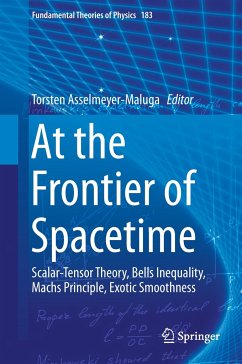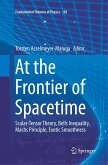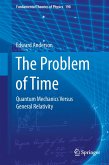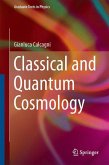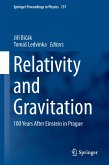In this book, leading theorists present new contributions and reviews addressing longstanding challenges and ongoing progress in spacetime physics.
In the anniversary year of Einstein's General Theory of Relativity, developed 100 years ago, this collection reflects the subsequent and continuing fruitful development of spacetime theories. The volume is published in honour of Carl Brans on the occasion of his 80th birthday. Carl H. Brans, who also contributes personally, is a creative and independent researcher and one of the founders of the scalar-tensor theory, also known as Jordan-Brans-Dicke theory. In the present book, much space is devoted to scalar-tensor theories.
Since the beginning of the 1990s, Brans has worked on new models of spacetime, collectively known as exotic smoothness, a field largely established by him. In this Festschrift, one finds an outstanding and unique collection of articles about exotic smoothness. Also featured are Bell's inequality and Mach's principle.
Personal memories and historical aspects round off the collection.
In the anniversary year of Einstein's General Theory of Relativity, developed 100 years ago, this collection reflects the subsequent and continuing fruitful development of spacetime theories. The volume is published in honour of Carl Brans on the occasion of his 80th birthday. Carl H. Brans, who also contributes personally, is a creative and independent researcher and one of the founders of the scalar-tensor theory, also known as Jordan-Brans-Dicke theory. In the present book, much space is devoted to scalar-tensor theories.
Since the beginning of the 1990s, Brans has worked on new models of spacetime, collectively known as exotic smoothness, a field largely established by him. In this Festschrift, one finds an outstanding and unique collection of articles about exotic smoothness. Also featured are Bell's inequality and Mach's principle.
Personal memories and historical aspects round off the collection.

